📞+86 153 7530 2641 📧 hongjing.Wang@feichuncables.com
Crane Festoon Cable System for Australian Ports: Flexible Hoist & Lift Control with UV and Saltwater Resistance Meeting AS/NZS 5000.1 & AS/NZS 3191 Standards
Discover marine-grade crane festoon cable systems for Australian ports meeting AS/NZS crane standards. Flexible lift and hoist control, UV resistant, oilproof and saltwater safe for coastal terminals.
hongjing.Wang@Feichun
7/10/20256 min read
Introduction: Why Cable Choice Matters in Australian Ports
Australia's coastal ports operate in some of the world's most challenging marine environments. From the bustling container terminals of Sydney Harbour to the iron ore facilities of Port Hedland, these critical infrastructure hubs face relentless exposure to salt-laden air, intense UV radiation, and the constant mechanical stresses of heavy-duty crane operations.
The harsh reality is that Australia's coastal ports experience salt concentrations that can exceed 40,000 parts per million in airborne particles, whilst UV levels regularly reach extreme ratings of 11+ during peak summer months. These conditions create a perfect storm for cable degradation, where standard industrial cables simply won't cut it.
Crane systems—including Ship-to-Shore (STS) cranes, Rail-Mounted Gantry (RMG) cranes, and Rubber-Tyred Gantry (RTG) cranes—require cables that can endure high tensile stress whilst maintaining stable control signals. A single cable failure can bring operations to a grinding halt, costing ports thousands of dollars per hour in lost productivity.
The crane festoon cable system offers an ideal solution for flexible power and signal transmission in such demanding conditions. These specialised systems have become the backbone of Australia's major port operations, ensuring reliable performance even when conventional cables fail.
What is a Crane Festoon Cable System?
A festoon cable system represents a sophisticated track-based cable transport method designed specifically for supplying power and control signals to moving equipment. Think of it as a mobile lifeline that travels alongside your crane, providing constant electrical connectivity without the risk of tangling or damage.
The system works by suspending cables from a series of trolleys or carriers that run along dedicated tracks. As the crane moves horizontally, these carriers glide smoothly along the festoon track, maintaining optimal cable positioning and preventing the dangerous loops and tangles that plague traditional cable management systems.
This technology is particularly common in port cranes, hoists, and material handling systems where equipment must travel significant distances whilst maintaining uninterrupted power and control connectivity. The festoon system prevents cable wear by keeping conductors suspended and mobile, dramatically extending service life compared to drag-chain alternatives.
For cranes with long travel lengths and extensive horizontal motion—such as the massive STS cranes found at Australia's container terminals—festoon systems are often the only practical solution for reliable cable management.

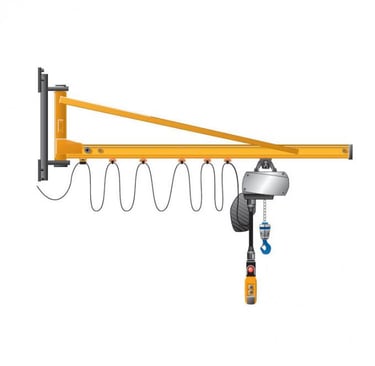
Product Overview: Flexible Hoist & Lift Control Cable
Our marine-grade crane festoon cables are engineered specifically for the demanding conditions found in Australian port environments. The construction features multi-core copper conductors with flexible class 5 stranding, ensuring excellent conductivity whilst maintaining the flexibility essential for constant movement applications.
The cable's outer sheath utilises highly flexible PVC or PUR (polyurethane) materials, depending on the specific application requirements. PUR jackets offer superior performance in extreme conditions, whilst PVC provides excellent value for standard applications. Both options are available with flame-retardant properties and halogen-free formulations where required.
Key features include comprehensive UV and oil resistance, essential for Australian port environments where equipment operates under intense sunlight and exposure to hydraulic fluids. The cables meet IEC 60332-1 flame-retardant standards, providing additional safety assurance in critical applications.
The exceptional flexibility characteristics make these cables ideal for frequent bending and dragging operations, whilst their robust construction ensures reliable performance in both dry and wet indoor/outdoor applications. Available voltage ratings include 300/500V and 450/750V configurations, with operating temperature ranges from -40℃ to +90℃ depending on sheath material selection.
Standard colours include black for professional appearance, though customised colour options are available for specific identification requirements or corporate branding needs.
FeiChun™ Flexible Crane Festoon Cable
Specifically designed for use on overhead cranes, hoists, monorails,
and other industrial applications.
Special purpose wheel bearings for high speed operation, corrosive environments,
and other applications.
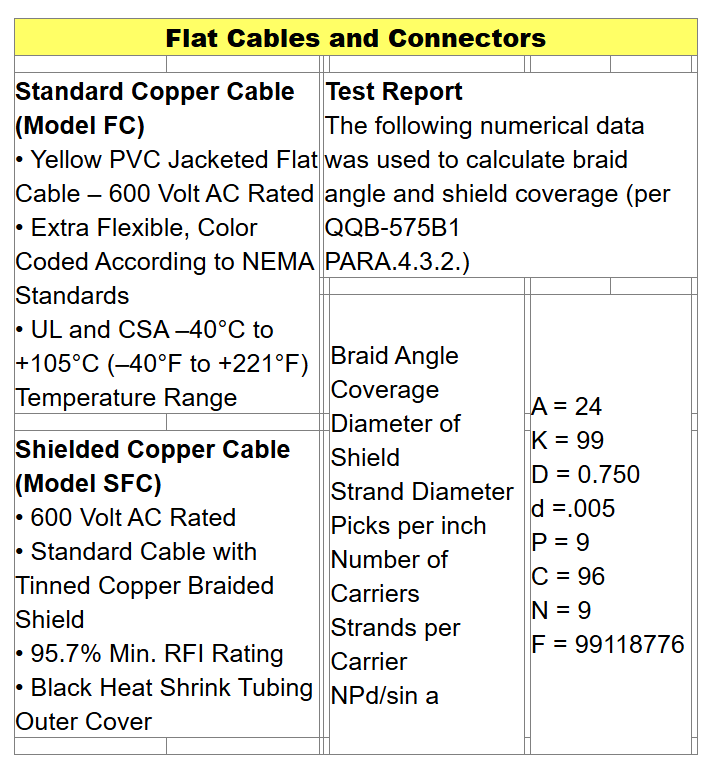

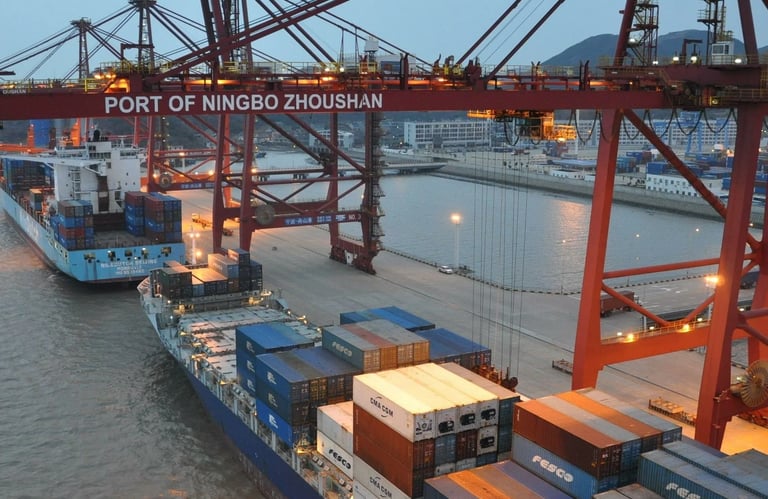

Built for Harsh Marine & Port Conditions
Australia's major ports—including Sydney, Melbourne, Brisbane, and Fremantle—present unique challenges that demand specialised cable solutions. The combination of high salinity, extreme UV exposure, and mechanical stress creates an environment where only the most robust cables can survive.
Our crane festoon cables feature specially formulated PUR sheaths that offer superior resistance to saltwater corrosion, UV degradation, oil contamination, and mechanical abrasion. This comprehensive protection ensures long-term performance even in open-track systems where cables face direct exposure to the elements.
The cables are designed to meet Australian Standards AS/NZS 3000 for electrical installations and AS/NZS 3008 for cable selection, ensuring compliance with local regulatory requirements. Optional LSZH (Low Smoke Zero Halogen) versions enhance fire safety in enclosed environments such as crane operator cabins and control rooms.
Field testing in Australian port conditions has demonstrated service life extensions of up to 300% compared to standard industrial cables, representing significant cost savings through reduced maintenance and replacement requirements.
Typical Applications in Australian Port Equipment
Ship-to-Shore Cranes (STS) represent the most demanding application for crane festoon cables. These massive structures, some reaching heights of over 100 metres, require cables that can handle enormous mechanical stresses whilst maintaining precise control signals for container handling operations.
Rail-Mounted Gantry Cranes (RMG) utilise festoon systems for both power supply and control signalling across their extensive travel ranges. The cables must withstand constant flexing whilst providing reliable communication between the crane's control systems and ground-based operations centres.
Rubber-Tyred Gantry Cranes (RTG) benefit from festoon systems that accommodate their unique mobility requirements. These cranes often travel between different yard areas, requiring cable systems that can quickly adapt to changing operational demands.
Automated warehouse systems, hoists, and lifting platforms throughout Australian ports rely on festoon cables for consistent power and control connectivity. The cables are suitable for installation in cable trolley systems, festoon tracks, and overhead travelling systems in heavy-duty operations.
Choosing the Right Festoon Cable System
Selecting the appropriate festoon cable system requires careful consideration of several critical factors. Travel length and motion speed directly impact cable stress levels and determine the required flexibility characteristics.
The number of cores and control signal requirements must be evaluated to ensure adequate capacity for both current and future operational needs. Power cores typically handle motor control and lighting, whilst signal cores manage communication, safety systems, and automated control functions.
Ambient temperature ranges and UV/salt exposure levels vary significantly between different port locations and crane types. Enclosed systems may require different specifications compared to fully exposed installations.
Our technical support team provides comprehensive assistance with cross-section selection, ensuring optimal conductor sizing for specific load requirements. Custom outer sheath materials are available for specialised applications, including enhanced chemical resistance or extreme temperature performance.
EMC shielding options protect sensitive control signals from electromagnetic interference, whilst Kevlar reinforcement provides additional mechanical strength for high-stress applications.
Why Choose Us for Australian Port Projects?
Export-ready compliance ensures seamless integration with Australian port operations. Our cables are available with international certifications and optional AS/NZS standards compliance, eliminating regulatory concerns and streamlining installation processes.
Customisation capabilities include length specification, custom marking requirements, core colour coding, and connector options. This flexibility ensures perfect integration with existing port infrastructure and operational requirements.
Quality assurance processes include comprehensive testing protocols that simulate Australian port conditions, ensuring reliable performance from day one of installation.
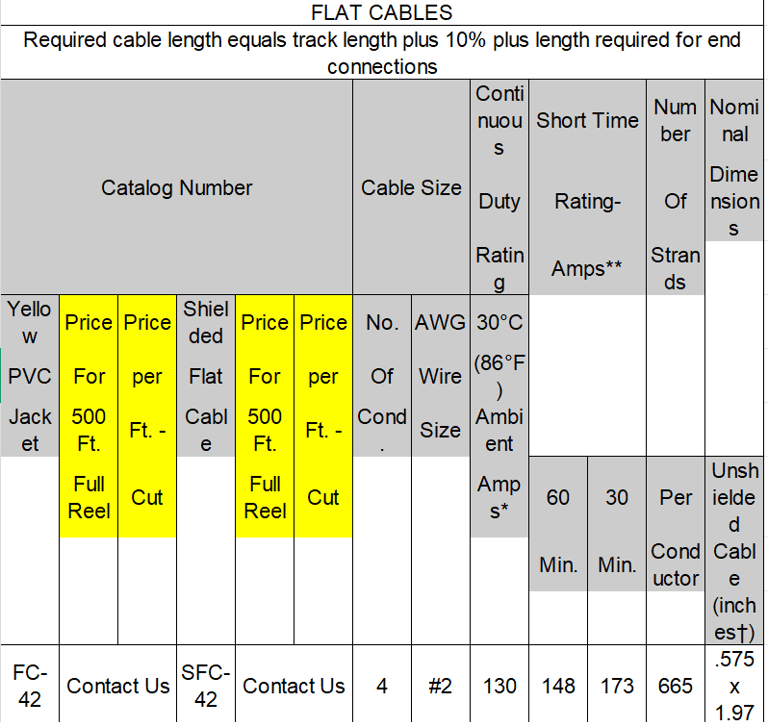

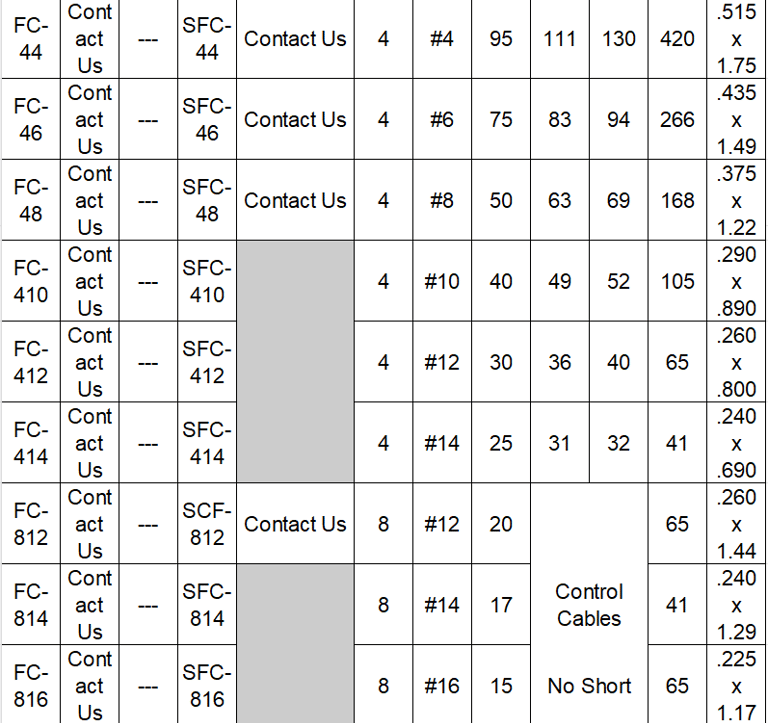

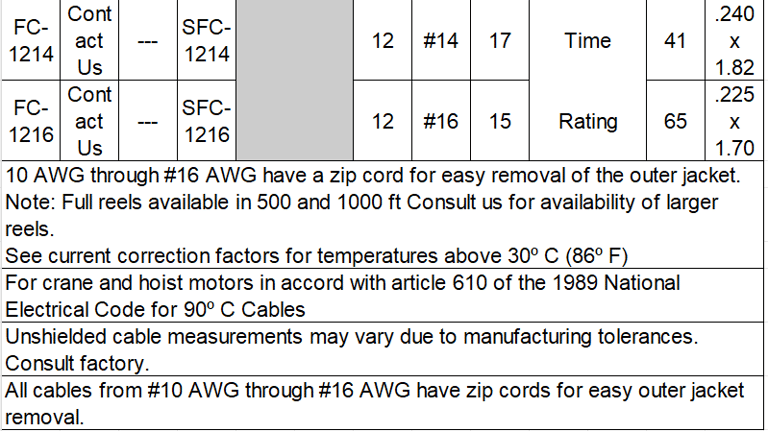

Common Cable Problems and Solutions
Q: What causes premature cable failure in port crane applications? A: The primary causes include salt corrosion, UV degradation, mechanical wear from constant flexing, and oil contamination. Our PUR-sheathed cables address all these issues through specialised material formulations and robust construction techniques.
Q: How do I determine the correct cable specification for my crane system? A: Consider travel distance, motion speed, number of control circuits required, and environmental exposure levels. Our technical team can provide detailed specifications based on your specific crane model and operational requirements.
Q: Can festoon cables handle the mechanical stresses of large STS cranes? A: Absolutely. Our cables are specifically designed for high-stress applications and include reinforcement options such as Kevlar strengthening for extreme mechanical demands.
Q: What maintenance is required for festoon cable systems? A: Regular visual inspections, trolley lubrication, and track cleaning are essential. Our cables are designed to minimise maintenance requirements through superior durability and resistance to environmental factors.
Ready to upgrade your port crane operations with reliable festoon cable systems? Contact our technical team today for personalised recommendations and competitive pricing tailored to your specific requirements.
How to Reach Us
Get in Touch
SiteMap
Product Catalogue
Reeling Cable
Festoon Cable
Shore Power Cable




Scan to add us on WeChat
